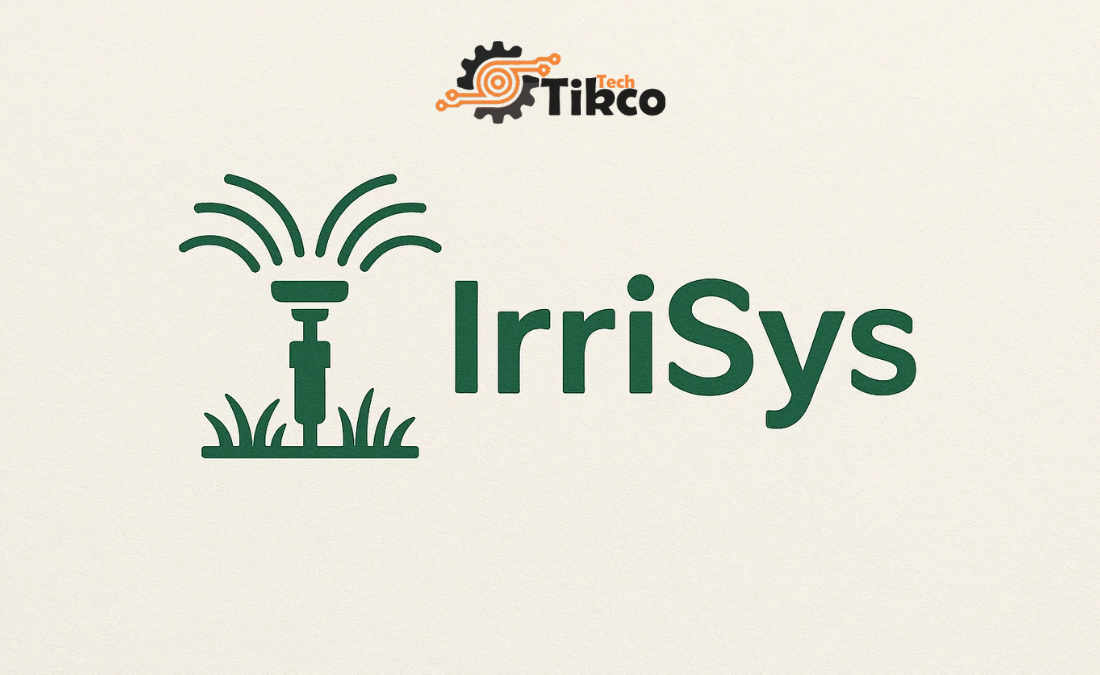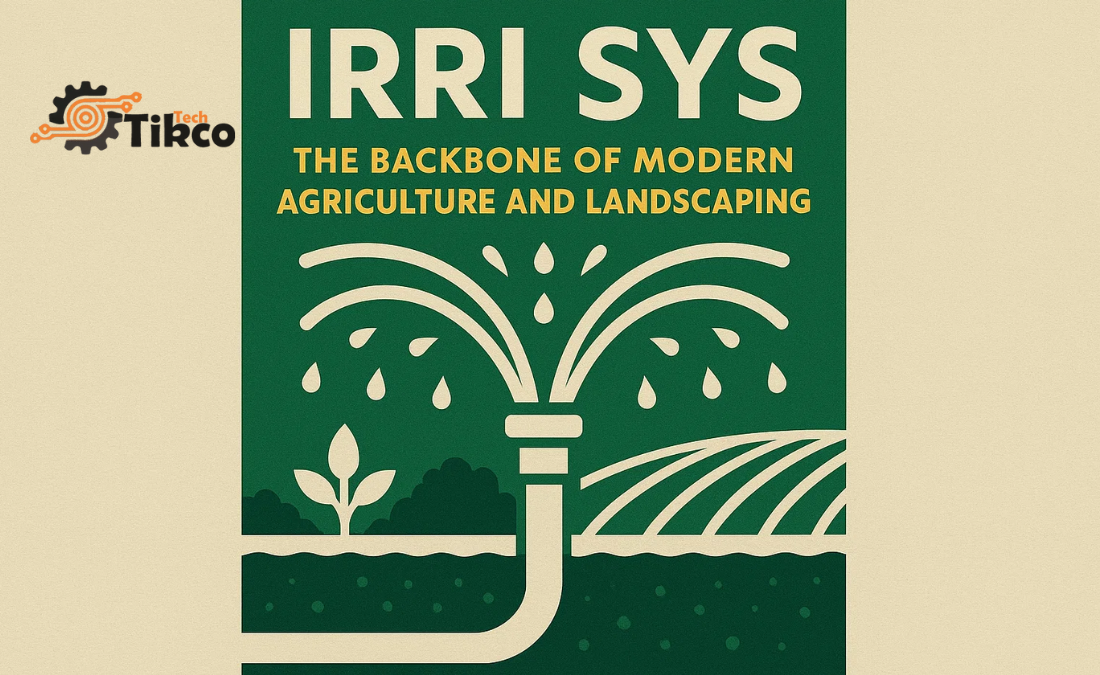Water is the lifeblood of our planet, and its efficient management is one of the most critical challenges of our time. Nowhere is this more evident than in agriculture and landscaping, where the balance between water conservation and plant health is paramount. At the heart of this delicate balance lies the technology and methodology of the Irri Sys, or Irrigation System. Far from being a simple network of pipes and sprinklers, a modern Irri Sys is a sophisticated, often intelligent, solution designed to deliver water precisely where and when it is needed. This article delves into the world of Irri Sys, exploring its various types, components, benefits, and the smart technologies that are revolutionizing water management.
Understanding the Core Components of an Irri Sys
Before examining the different types, it’s essential to understand the fundamental components that constitute most irrigation systems. A typical Irri Sys is more than just the emitters that water the plants; it is an integrated network of parts working in harmony.
- Water Source: This is the origin of the water, which could be a well, a municipal supply, a pond, a lake, or a reservoir. The quality and pressure of the water source are primary considerations when designing an Irri Sys.
- Pumping Unit: In many cases, especially with groundwater or large-scale agricultural systems, a pump is necessary to create adequate pressure to move water through the entire network of pipes. The pump is often considered the heart of the Irri Sys.
- Filtration System: This is a critical component for preventing clogging, especially in drip and micro-irrigation systems. Filters remove sand, dirt, algae, and other debris that can block small openings in emitters and sprinklers, ensuring the system’s longevity and efficiency.
- Piping Network: This includes the mainlines, sub-mainlines, and laterals that act as the “arteries and veins” of the Irri Sys, transporting water from the source to the specific zones. Pipes are typically made from PVC, polyethylene, or other durable plastics.
- Controllers and Valves: The controller is the “brain” of the operation. It sends signals to electric valves to open and close at predetermined times, controlling the flow of water to different zones. Modern controllers can be incredibly sophisticated, integrating weather data and soil moisture readings.
- Emitters or Sprinklers: These are the endpoints of the Irri Sys—the devices that actually distribute water to the landscape or crops. This category includes spray heads, rotary sprinklers, and drip emitters, each suited for different applications.
Exploring the Different Types of Irri Sys
Not all landscapes or crops have the same water requirements. Therefore, selecting the right type of Irri Sys is crucial for efficiency and effectiveness. The main categories are defined by how water is delivered to the plants.
Surface Irri Sys
This is one of the oldest forms of irrigation, where water is distributed over the soil surface by gravity. It is often used in agricultural settings with large, flat fields. Methods include furrow irrigation (water flows in small channels along the crop rows) and flood irrigation (covering an entire field with water). While simple and low-cost, surface Irri Sys is generally less efficient than pressurized systems due to higher rates of evaporation and runoff.
Sprinkler Irri Sys
Mimicking the effect of rain, a sprinkler Irri Sys distributes water through a network of pipes under pressure, which is then sprayed into the air through sprinkler heads. This system is highly versatile and can be used for everything from small residential lawns to vast agricultural fields. Types of sprinkler systems include:
- Center Pivot: Large-scale systems that rotate around a central point, creating circular irrigated areas often visible from the air.
- Traveling Guns: A large sprinkler on a wheeled cart that moves across a field, pulling a hose from a reel.
- In-Ground Sprinklers: Common in landscaping, with pop-up heads that retract when not in use.
Drip Irri Sys: The Pinnacle of Efficiency
Also known as micro-irrigation or trickle irrigation, a drip Irri Sys is widely regarded as the most efficient method available. It delivers water slowly and directly to the root zone of plants through a network of valves, pipes, tubing, and emitters. By applying water precisely where it’s needed, a drip Irri Sys minimizes losses from evaporation, wind, and runoff. This method is ideal for row crops, orchards, vineyards, and garden beds, promoting healthier plants while conserving significant amounts of water.

The Multifaceted Benefits of Implementing an Efficient Irri Sys
The advantages of a well-designed and properly managed Irri Sys extend far beyond simply keeping plants alive. The benefits are economic, environmental, and agronomic.
- Water Conservation: This is the most significant benefit, especially in drought-prone regions. An efficient Irri Sys, particularly a drip system, can reduce water usage by 30-50% compared to traditional methods by targeting water delivery and reducing waste.
- Enhanced Plant Health and Yield: Plants thrive when they receive a consistent and appropriate amount of water. An Irri Sys prevents the stress caused by under-watering and the diseases promoted by over-watering. In agriculture, this directly translates to higher crop yields and better quality produce.
- Labor and Time Savings: Automated irrigation systems free up valuable time and labor. Once programmed, the controller handles the watering schedule, allowing farmers and landscapers to focus on other critical tasks.
- Weed Reduction: Because drip irrigation only waters the immediate area around desired plants, it leaves the spaces between rows dry. This significantly inhibits the germination and growth of weeds.
- Fertilizer Efficiency (Fertigation): Modern Irri Sys can be equipped for fertigation—the injection of fertilizers directly into the irrigation water. This allows for precise nutrient delivery to the root zone, improving fertilizer uptake and reducing the potential for groundwater contamination.
The Future is Smart: The Evolution of the Intelligent Irri Sys
The future of irrigation lies in intelligence and connectivity. The “Smart Irri Sys” integrates advanced technologies to automate and optimize watering decisions based on real-time data.
- Weather-Based Controllers: These “smart” controllers use local weather data, either from an on-site sensor or a WiFi connection to a weather service, to automatically adjust the watering schedule. They can skip a cycle after rainfall or increase run times during a heatwave.
- Soil Moisture Sensors: Placed in the root zone, these sensors provide direct feedback on soil water levels. The Irri Sys controller uses this data to water only when the soil moisture drops below a predefined threshold, ensuring perfect timing.
- Remote Monitoring and Control: With smartphone apps, users can monitor system performance, adjust schedules, and receive alerts about leaks or malfunctions from anywhere in the world. This adds a layer of convenience and proactive maintenance to the Irri Sys.
Conclusion
From ensuring global food security to maintaining beautiful and sustainable landscapes, the role of an efficient Irri Sys cannot be overstated. It has evolved from a simple tool for applying water into a sophisticated management system that conserves our most precious resource while maximizing plant health and productivity. Whether it’s a large-scale agricultural drip system or a smart sprinkler system in a suburban yard, the principles remain the same: precision, efficiency, and control. As water scarcity becomes an increasingly pressing global issue, the continued adoption and innovation of intelligent Irri Sys technology will be fundamental to building a more resilient and sustainable future for all.

